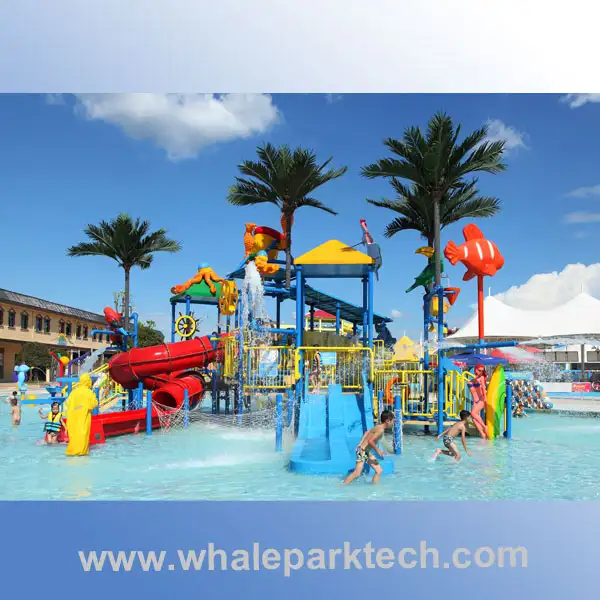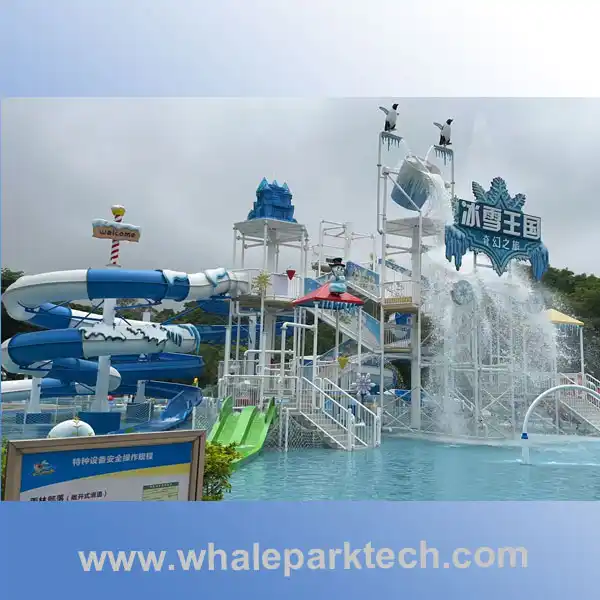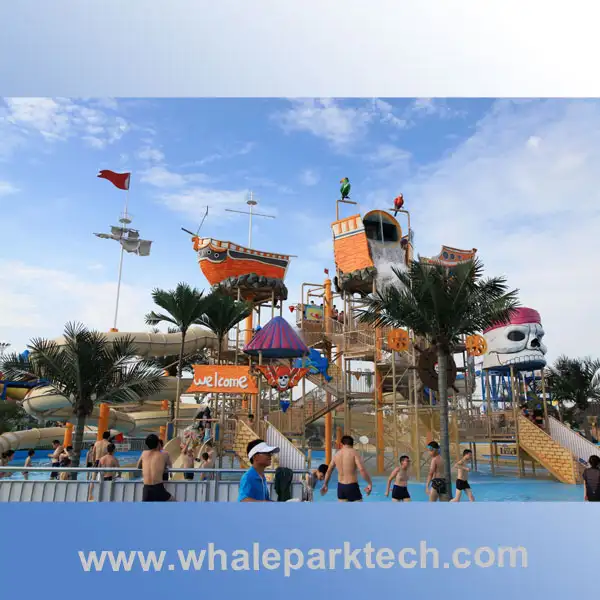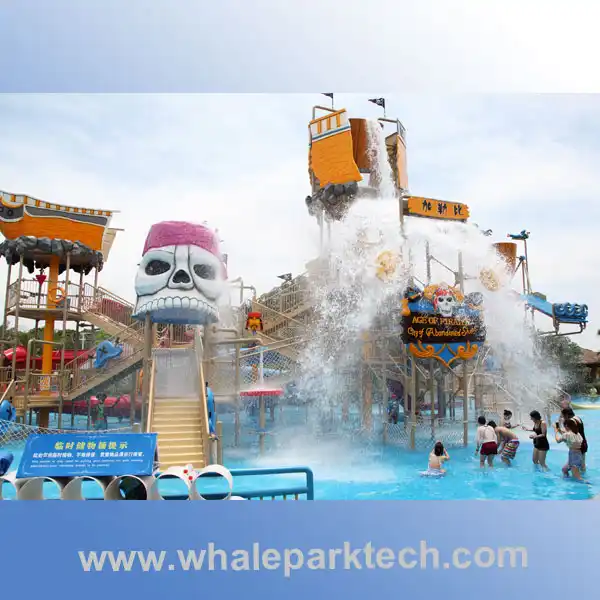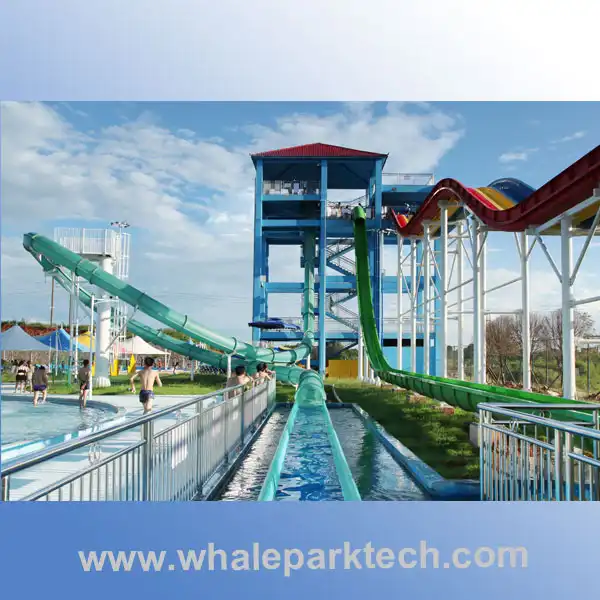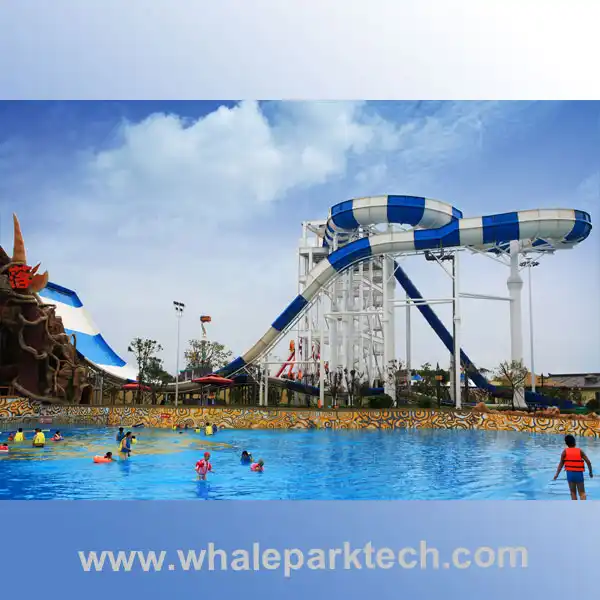What is the quality of water park equipment in China? Analysis of the Quality of Water Park Equipment in China: A Comprehensive Upgrade from Manufacturing to Innovation.
In recent years, China’s water park industry has rapidly developed, becoming one of the most dynamic markets globally. As the core competitiveness of parks, the quality of water play equipment directly impacts visitor experience and safety. This article systematically analyzes the current quality status and development prospects of water park equipment in China from the perspectives of manufacturing standards, technological innovation, safety regulation, and market performance.
1. Industry Scale and Manufacturing Capability: From “Made in China” to “Intelligent Manufacturing in China”
China is one of the world’s largest producers of water park equipment, with a complete industrial chain and mature manufacturing system. Guangdong, Zhejiang, and Jiangsu provinces host hundreds of specialized manufacturers, including internationally renowned companies such as WOW Amusement and WhiteWater China. These enterprises serve both domestic and international markets, exporting equipment to Southeast Asia, the Middle East, and Europe.
Chinese manufacturers have reached near-international standards in material selection and production processes. For instance, large water slides commonly use fiberglass-reinforced plastic (FRP), known for its high strength, corrosion resistance, and moldability. Interactive splash pads utilize food-grade PVC and anti-slip rubber flooring to ensure child safety. Additionally, automated cutting, 3D modeling, and hydrodynamic simulation technologies have significantly improved equipment precision and performance stability.
2. Quality and Safety Standards: Aligning with Global Benchmarks and Risk Control
China’s water park equipment standards are gradually aligning with international norms. Domestic manufacturers adhere to national standards such as GB/T 18168 (“General Technical Requirements for Aquatic Play Equipment”) while actively pursuing certifications like CE (EU) and TÜV (Germany). For example, large wave pools and high-speed slides undergo dynamic load testing, fatigue testing, and waterproofing inspections to ensure a lifespan exceeding 10 years.
In safety design, Chinese equipment emphasizes innovative details:
– **Anti-pinching Mechanisms**: Infrared sensors at slide entrances prevent limb entrapment;
– **Water Flow Control**: Variable-frequency pumps adjust water pressure based on visitor density to reduce sudden impacts;
– **Emergency Braking Systems**: Magnetic brakes enable smooth deceleration at slide exits.
However, some small and medium-sized manufacturers still engage in low-price competition and cut corners, leading to durability issues. Recent cases of coating peeling and metal part corrosion highlight the need for stricter industry regulation.
3. Technological Innovation: Intelligence and Sustainability as New Trends
Chinese water park equipment is transitioning from “functional” to “experiential,” with technological innovation driving quality improvements:
1. **Smart Interactive Systems**: Motion sensors and AR technology enable gamified experiences like water cannon battles and challenge scoring;
2. **Energy Efficiency**: Solar heating systems and water recycling units reduce operational energy consumption and resource waste;
3. Modular Design: Quickly assemblable splash pads adapt to diverse venues, lowering maintenance costs.
Leading parks like Fantawild and Chimelong showcase customized equipment integrating Chinese cultural elements (e.g., “Ne Zha’s Ocean Adventure” themed slides), demonstrating unique design competitiveness.
4. Market Performance and Challenges: Opportunities and Shortcomings
Chinese-made equipment holds over 70% domestic market share but relies on imports for high-end segments. International brands like ProSlide and Polin dominate the premium market with patented technologies (e.g., magnetic water slides), while domestic products compete mainly on cost-effectiveness.
Consumer surveys indicate that satisfaction with Chinese equipment centers on “fun factor” and “affordability,” but ratings for “craftsmanship details” and “after-sales service” remain lower. For instance, delayed maintenance in some parks leads to clogged nozzles or lighting failures, degrading user experience.
Additionally, insufficient intellectual property protection persists. Copycat designs and homogeneous competition stifle local innovation.
5. Future Outlook: Quality Enhancement and Global Expansion
Under the “Made in China 2025” strategy, the industry is poised for further upgrades:
– **Boost R&D Investment**: University-enterprise collaborations can advance core technologies like hydraulic transmission and smart control systems;
– **Strengthen Standards**: Align domestic standards fully with global benchmarks and establish lifecycle traceability mechanisms;
– **Expand Overseas Markets**: Export high-quality equipment and turnkey park solutions through Belt and Road initiatives.
Conclusion
China’s water park equipment has made remarkable strides in manufacturing scale and technological innovation, but quality improvement remains a long-term endeavor. Only by upholding high standards, robust R&D, and stringent regulation can the industry transition from “following” to “leading” in the global value chain.

